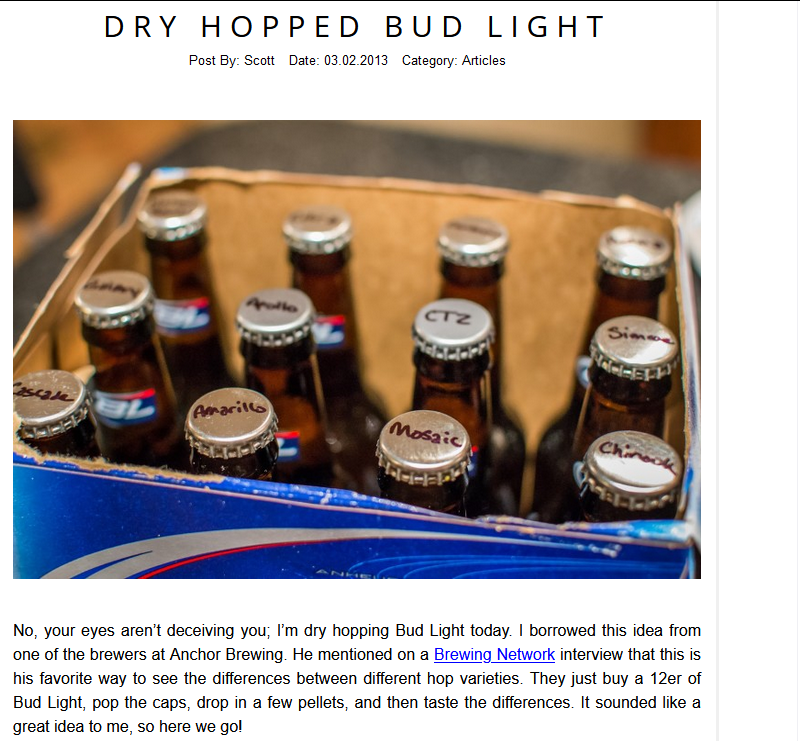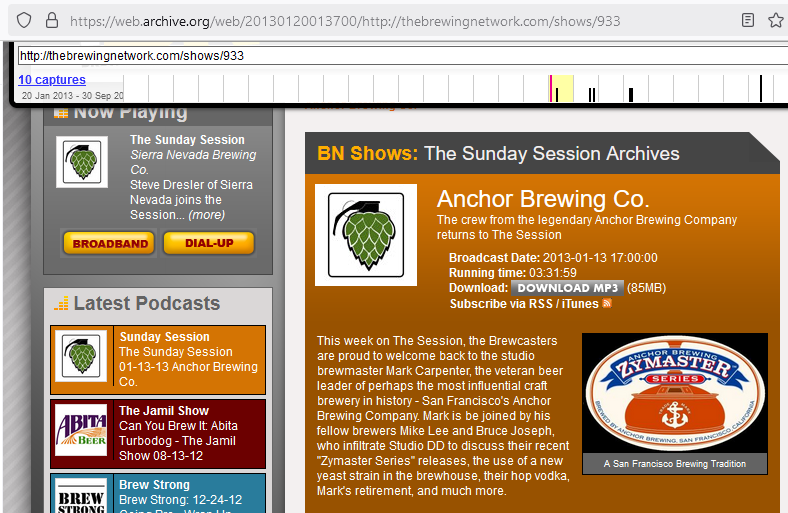GHBWNY
Well-Known Member
Just curious about the effect on taste/aroma/carbing/conditioning, etc. of dropping a hop pellet into a bottle just before capping. Obviously, it will add some residue to deal with. But I wondered if anyone has tried it.
I bottled an APA a couple weeks ago and dropped a pellet of Perle in one bottle. I'll be doing a side-by-side comparison in a week or so.
I bottled an APA a couple weeks ago and dropped a pellet of Perle in one bottle. I'll be doing a side-by-side comparison in a week or so.













![Craft A Brew - Safale BE-256 Yeast - Fermentis - Belgian Ale Dry Yeast - For Belgian & Strong Ales - Ingredients for Home Brewing - Beer Making Supplies - [3 Pack]](https://m.media-amazon.com/images/I/51bcKEwQmWL._SL500_.jpg)













































